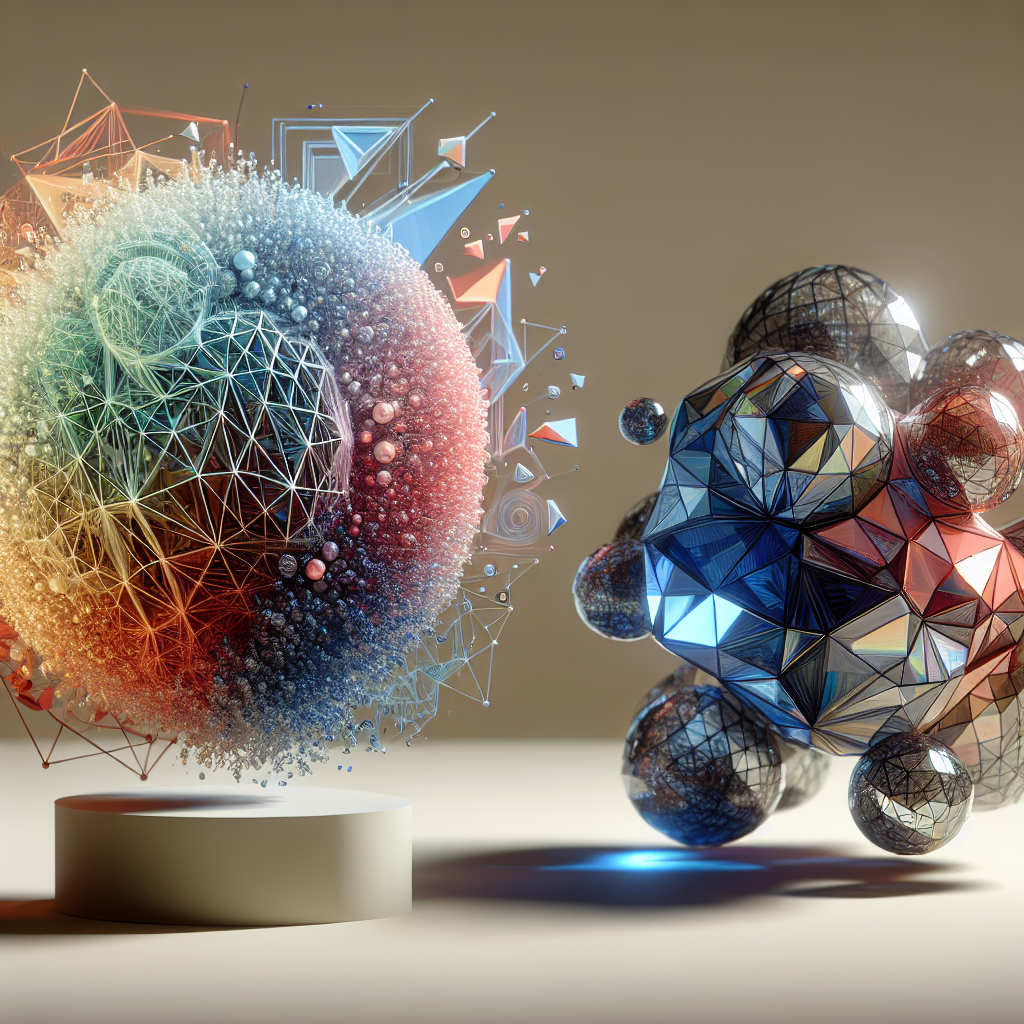Artificial intelligence (AI) has been making waves in the world of art in recent years, and sculpture is no exception. The use of AI in sculpture has pushed the limits of form and material, allowing artists to create works that were previously unimaginable. From designing complex shapes to manipulating materials in innovative ways, AI has opened up a whole new world of possibilities for sculptors.
One of the most significant ways in which AI has impacted sculpture is in the design process. Traditionally, sculptors would sketch out their ideas on paper before moving on to creating a physical model. With AI, artists can now use software programs that generate 3D models based on specific parameters and criteria. This allows for more complex and intricate designs to be created quickly and efficiently, saving time and allowing artists to explore a wider range of possibilities.
Another way in which AI is revolutionizing sculpture is in the use of materials. AI algorithms can analyze data on different materials and their properties, allowing artists to experiment with new combinations and techniques. This has led to the development of new materials that were previously impossible to create, such as lightweight and durable composites that can be used for large-scale sculptures.
AI has also opened up new possibilities for interactive sculptures that respond to their environment or viewer. By incorporating sensors and other technologies, artists can create sculptures that move, change color, or make sounds in response to external stimuli. This has led to a new form of interactive art that engages viewers in a more immersive and dynamic way.
One of the most intriguing aspects of AI in sculpture is the potential for collaboration between humans and machines. Artists can use AI algorithms to generate ideas and designs, which they can then manipulate and refine to create a final piece. This collaborative process allows for a blending of human creativity and machine intelligence, resulting in works that are truly unique and groundbreaking.
Despite these exciting advancements, there are also challenges and ethical considerations to be aware of when using AI in sculpture. One concern is the potential for AI to replace human creativity and craftsmanship, leading to a homogenization of artistic expression. It is essential for artists to strike a balance between using AI as a tool to enhance their work and maintaining their own artistic vision and voice.
Another issue is the question of authorship and ownership of AI-generated art. Who owns the rights to a piece created using AI algorithms? Is it the artist who programmed the software, the AI itself, or a combination of both? These questions raise complex legal and ethical issues that will need to be addressed as AI continues to play a larger role in the art world.
Despite these challenges, the use of AI in sculpture holds great promise for the future of the medium. By pushing the limits of form and material, artists can create works that challenge our perceptions of what is possible in sculpture. The collaboration between humans and machines opens up new creative possibilities and allows for the exploration of new ideas and concepts.
FAQs:
1. How does AI impact the creative process in sculpture?
AI can streamline the design process by generating 3D models based on specific parameters and criteria, allowing artists to explore a wider range of possibilities quickly and efficiently.
2. What are some of the new materials that AI has helped develop for sculpture?
AI algorithms can analyze data on different materials and their properties, leading to the development of lightweight and durable composites that can be used for large-scale sculptures.
3. How can AI be used to create interactive sculptures?
By incorporating sensors and other technologies, artists can create sculptures that respond to their environment or viewer, moving, changing color, or making sounds in response to external stimuli.
4. What are some of the challenges and ethical considerations of using AI in sculpture?
One concern is the potential for AI to replace human creativity and craftsmanship, leading to a homogenization of artistic expression. The question of authorship and ownership of AI-generated art also raises complex legal and ethical issues.
5. What is the future of AI in sculpture?
The use of AI in sculpture holds great promise for the future of the medium, allowing artists to push the limits of form and material and create works that challenge our perceptions of what is possible in sculpture. Collaboration between humans and machines opens up new creative possibilities and allows for the exploration of new ideas and concepts.

